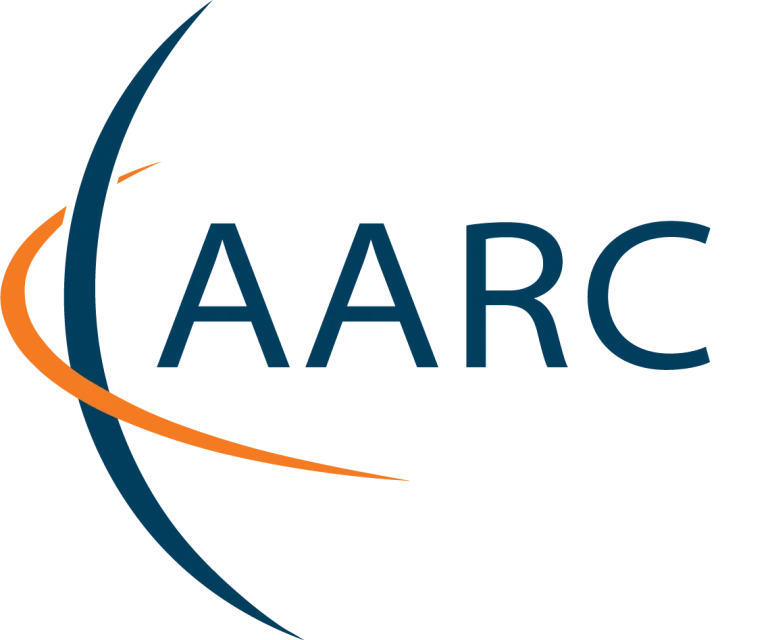Guidelines
The AARC Guidelines complement the AARC Blueprint Architecture (BPA) and the policy best practices recommended by the AARC project.
The guidelines can apply to any topic that helps to advance Federated Identity Management for research and collaboration.
The AARC Guidelines help communities and infrastructures to implement and operate an AAI for research and collaboration more effectively and in an interoperable way.

Architecture
Policy
Targeted
Endorsed by AEGIS
More
More
More

© members of the AARC Community.
The work leading to these results has received funding from the European Union (GAP 101131237) and other sources. The contents of this publication is the sole responsibility of AARC and does not necessarily reflect the opinion of the European Union.

